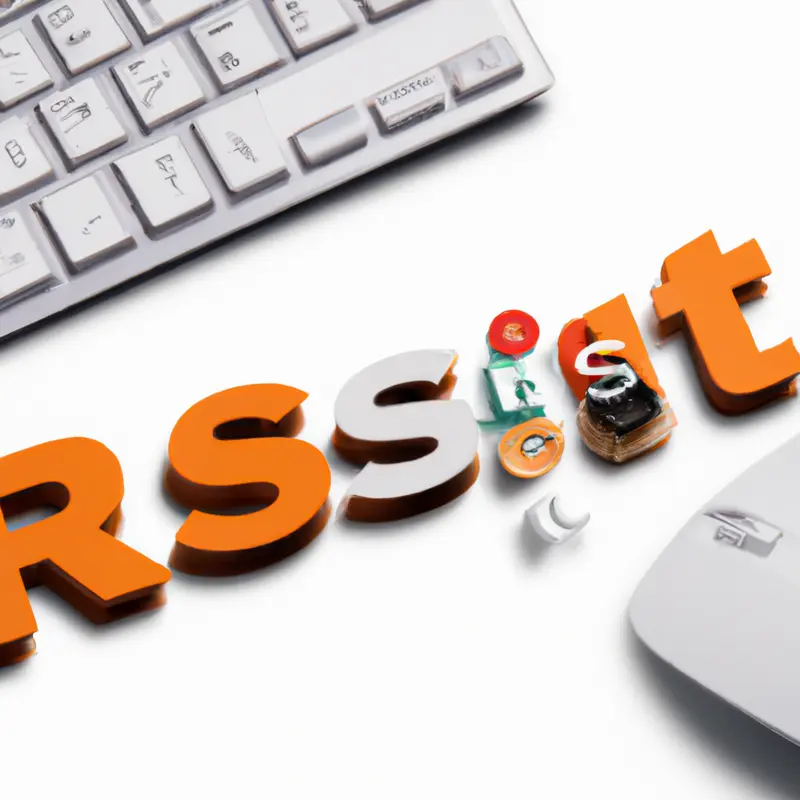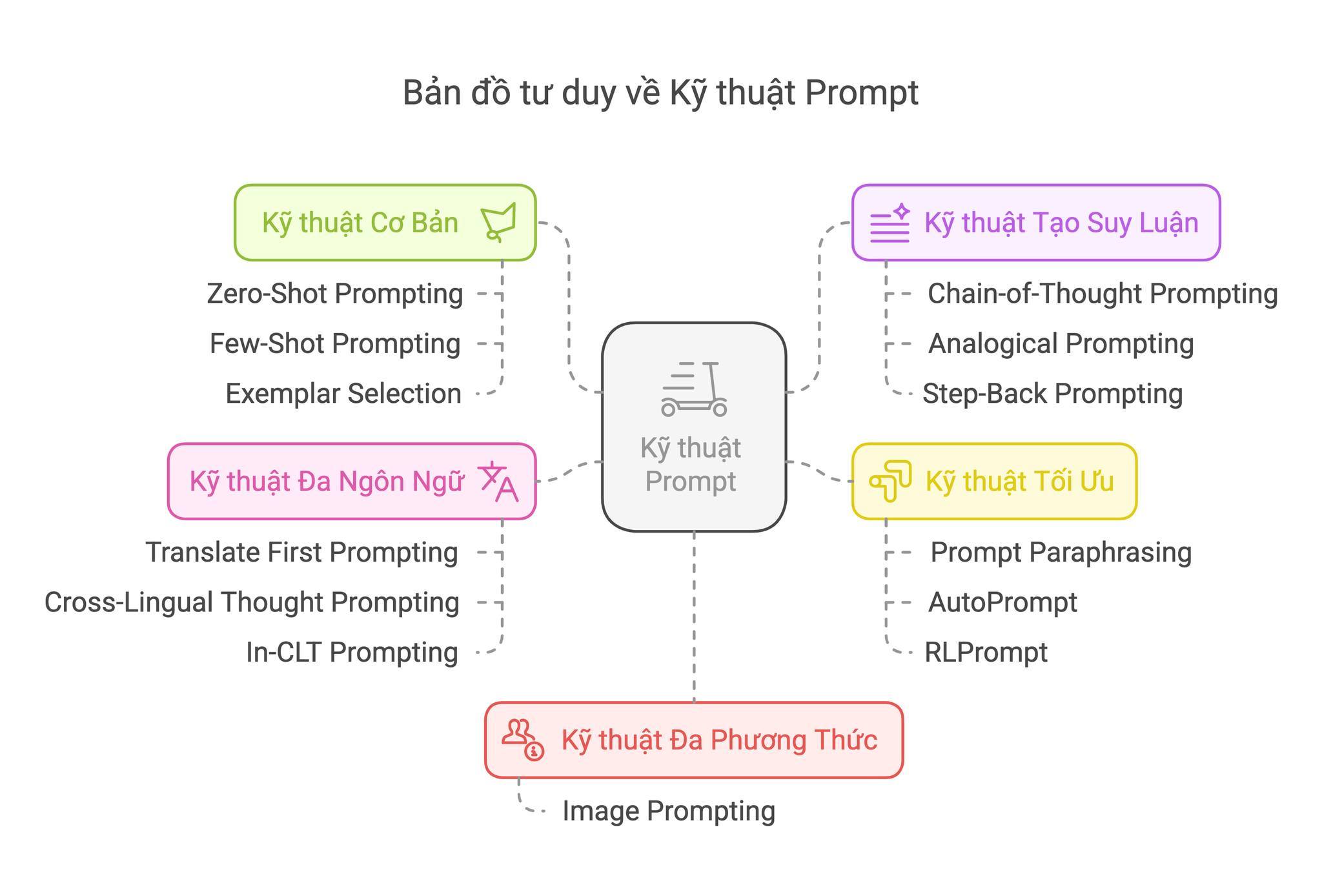Mastering SaaS: From Development to Security

Software as a Service has reshaped how businesses access software, offering flexibility and cost savings. As businesses increasingly rely on SaaS solutions, understanding the development process and addressing security concerns become critical. This article delves into the nuances of developing and implementing SaaS products, followed by an in-depth look at managing security and compliance challenges.
Mastering SaaS Product Development and Implementation

The development and implementation of a Software as a Service (SaaS) product is an intricate process that demands careful planning and execution across multiple phases. From initial market evaluation to post-launch maintenance, each stage plays a crucial role in determining the product’s success and longevity. This chapter delves into these key phases, offering insights and guidance for anyone looking to navigate the SaaS product lifecycle effectively.
At the heart of any successful SaaS venture is a thorough understanding of the market landscape. Conducting extensive market research is paramount. This involves identifying target consumer segments, analyzing competitor offerings, and recognizing technological trends that could influence product design and functionality. Critical in this stage is the validation of the product concept with potential users, often facilitated through engagement tools such as landing pages or early-stage prototypes. This step not only helps refine the product idea but also garners initial user interest and feedback, which can guide subsequent development.
Once solid market footing is secured, the next step is selecting appropriate infrastructure and frameworks. Choosing a cloud provider that assures scalability, integration capabilities, and robust security measures is foundational to building a reliable SaaS product. Providers that support Single Sign-On (SSO) enhance security and user experience by streamlining access across platforms. Meanwhile, the selection of a SaaS development framework must align with project goals, emphasizing flexibility and support from a robust developer community. This decision impacts not only the current development process but also the ease of future scalability and feature integration.
With infrastructure in place, attention turns to the core of any SaaS endeavor: design and development. Crafting a Minimum Viable Product (MVP) is a strategic approach to introduce core functionalities to early adopters, allowing for iterative refinement based on user interaction and feedback. Teams, whether in-house or outsourced, should adopt agile methodologies to foster adaptive and efficient development cycles. Careful selection of the tech stack—potentially incorporating widely-used languages like JavaScript, Python, or Ruby—ensures that the developed product is not only cutting-edge but also maintainable.
A relentless focus on testing and iteration ensures that the software meets rigorous quality standards. User feedback collated during the MVP phase serves as a blueprint for refinements and prioritized feature rollouts. Continuous Quality Assurance (QA) testing across functionality, performance, and security facets is non-negotiable in maintaining user trust and satisfaction.
Upon concluding the development phase, seamlessly transitioning to implementation and launch is crucial. This involves creating a user-friendly onboarding process and deploying strategic marketing campaigns to secure a robust initial user base. An implementation team should clearly define success criteria and align efforts to ensure that both customer and business needs are met, laying a stable foundation for user retention.
Post-launch, the journey is far from over as ongoing maintenance and updates become the new focus. Providing consistent support and cultivating a feedback loop ensures that user concerns are promptly addressed, and enhancements continue to enrich the product experience. Vigilantly maintaining application security and scalability, especially as user numbers grow, is vital to sustaining service quality.
Promotion and growth demand continuous attention, with marketing strategies adeptly adjusting to keep pace with evolving business goals. Partnerships and integrations with other services can broaden the product’s reach and utility, offering users an enhanced experience through complementary functionalities.
For those considering outsourcing development, it’s crucial to partner with a provider experienced in SaaS projects, capable of delivering a clear scope of work and accelerated development through pre-built modules. Outsourcing can bring efficiency and expertise, but demands careful selection and oversight to ensure alignment with business objectives.
Finally, the best practices in SaaS product development emphasize the importance of a seamless user experience. Prioritizing an intuitive interface is fundamental, as it directly impacts user engagement and satisfaction. The strategic amalgamation of these considerations is what ultimately breeds a scalable, secure, and successful SaaS product, ready to evolve with market demands.
Navigating SaaS Security and Compliance: Challenges and Strategies

The adoption of Software as a Service (SaaS) has significantly changed the landscape of business operations, bringing unprecedented scalability, flexibility, and cost benefits. However, as organizations embrace these advantages, they must also navigate the intricate challenges of security and compliance inherent in SaaS environments. These challenges are not merely technical issues but strategic concerns that can influence an organization’s operational stability and legal standing.
Security Challenges in SaaS
One of the most pressing security concerns in SaaS is cloud misconfiguration. Organizations often deploy applications without sufficient understanding or oversight of security settings, leading to vulnerabilities. For instance, misconfigured storage solutions, like an improperly secured S3 bucket, can inadvertently expose sensitive data to public access. To counter such risks, regular audits and the use of automated configuration management tools are essential. These measures help in continuously identifying and rectifying potential misconfigurations before they are exploited.
Another significant security challenge is managing third-party risks. As SaaS solutions frequently integrate with various third-party APIs to extend their functionality, each connection represents a potential vulnerability. Organizations must rigorously vet these third-party services to ensure they comply with robust security standards. Establishing clear protocols for integration and conducting thorough risk assessments are critical steps in mitigating these vulnerabilities.
Moreover, identity attacks pose a constant threat in the SaaS domain. Weak multi-factor authentication (MFA) systems and inadequate session management can expose organizations to credential theft and unauthorized access. Enforcing strong MFA protocols and implementing sophisticated session management practices are not just best practices but necessities in today’s threat landscape.
Compliance Challenges and Mitigation
On the compliance front, navigating the maze of regulatory requirements is daunting. SaaS providers often need to adhere to multiple regulations like GDPR, HIPAA, and SOC 2, tailored to specific industries or regions. To manage these requirements, organizations can leverage compliance monitoring tools that automate reporting and ensure continuous adherence to necessary standards. This systematic approach to compliance not only mitigates the risk of legal penalties but also enhances the organization’s reputation as a reliable entity.
Data security and privacy further complicate compliance efforts. Ensuring that data stored with third-party providers is protected from unauthorized access is paramount. Adopting comprehensive data encryption, rigorous access controls, and robust data loss prevention strategies are effective ways to secure sensitive information.
Vendor lock-in is another concern, as it can stifle flexibility by binding organizations to a single provider’s ecosystem. To overcome this challenge, businesses might adopt a hybrid approach, balancing SaaS with on-premises solutions to maintain control over their critical systems while still enjoying the scalability benefits SaaS offers.
Proactive Strategies for Security and Compliance
Addressing these challenges requires a proactive and holistic strategy. Implementing advanced tools like Cloud Threat Exposure Management (CTEM) helps organizations gain full visibility into their SaaS environments and stay ahead of potential breaches. Regular security assessments serve to identify and address vulnerabilities promptly.
Collaboration between IT and business units is crucial. Building a culture of security awareness through ongoing training ensures that employees recognize and mitigate security risks effectively. This cultural shift enhances organizational resilience to threats and streamlines the adoption of secure practices.
Lastly, organizations benefit from maintaining flexibility through a hybrid approach. By retaining some systems in-house, businesses ensure greater control over critical applications while still exploiting the cloud’s expansive capabilities for other non-critical operations.
In conclusion, while the security and compliance challenges associated with SaaS are substantial, they are not insurmountable. With careful planning, rigorous implementation of security measures, and strategic flexibility, organizations can safely navigate the SaaS landscape, bolstering their operational resilience and competitive edge in the evolving digital environment. To explore more about automation and risk management, you can visit this detailed article.
Final thoughts
Navigating the SaaS landscape involves mastering both development and security aspects. While careful planning and an agile approach ensure effective product implementation, robust security and compliance measures protect valuable data. By understanding these elements, business leaders can successfully leverage SaaS benefits.
Bạn muốn tối ưu hóa quy trình và nâng cao hiệu quả kinh doanh? Với giải pháp SaaS tự động hóa tiên tiến từ Soncadigi, chúng tôi giúp doanh nghiệp của bạn vận hành mượt mà và tiết kiệm chi phí. Hãy để đội ngũ chuyên gia của chúng tôi triển khai n8n và AI, đưa bạn đến thành công nhanh chóng và bền vững!
Learn more: https://soncadigi.com/contact/
About us
Soncadigi là đơn vị tư vấn tiên phong trong tự động hóa quy trình với n8n và các giải pháp AI hiện đại. Chúng tôi giúp doanh nghiệp tối ưu vận hành, giảm thiểu lãng phí và đẩy nhanh quá trình chuyển đổi số. Với nền tảng mã nguồn mở n8n linh hoạt kết hợp cùng công nghệ AI tiên tiến, chúng tôi mang đến chiến lược tùy chỉnh giúp doanh nghiệp đổi mới và mở rộng quy mô bền vững. Dù bạn muốn tự động hóa tác vụ lặp lại hay tích hợp hệ thống phức tạp, Soncadigi sẽ cung cấp giải pháp chuyên sâu để bạn luôn dẫn đầu trong kỷ nguyên số.



 AD Network
AD Network AI Automation
AI Automation AI Prompt
AI Prompt Blog
Blog Công cụ AI
Công cụ AI SaaS
SaaS Tips & Tricks
Tips & Tricks Web Dev
Web Dev Wordpress
Wordpress













